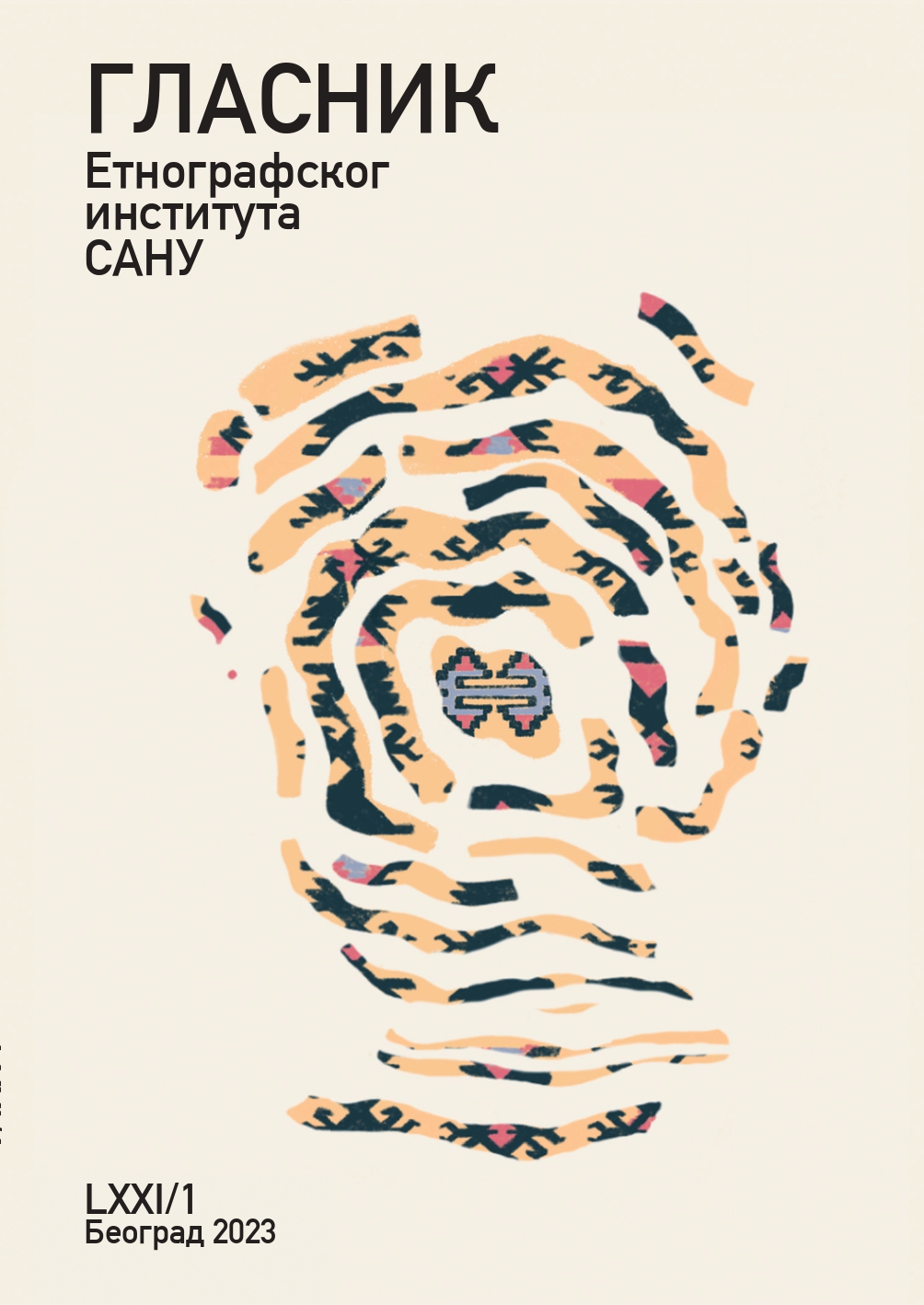Митопоетика нарциса/асфодeла у песми Вежба Ивана В. Лалића
The Mythopoetics of Narcissus/Asphodel in Ivan V. Lalić’s Poem Exercise
Author(s): Jelena N. Arsenijević MitrićSubject(s): Language and Literature Studies, Studies of Literature, Serbian Literature
Published by: Етнографски институт САНУ
Keywords: Ivan V. Lalić; Kore/Persephone; narcissus/asphodel; Demeter; the Eleusinian Mysteries; myth; mythopoetic
Summary/Abstract: The mythopoetic framework of Lalić’s poem Exercise implies complex figures of Demeter, Persephone and Hades and their manifestations within the Eleusinian Mysteries. The paper focuses on the floral symbolism associated with the mythological figuration of Kore/Persephone, “the flower faced maiden”, as characterized in The Homeric Hymn to Demeter, since at the root of this Greek myth lies a floral symbolism (initial fascination with the flowers: roses, irises, violets, saffron, hyacinths, then picking the fatal daffodil, and lastly consuming pomegranate seeds). The dual nature of Kore/Persephone is also indicated through the symbolism of the flowers that determine her destiny – the narcissus/asphodel. Lalić’s poem is concentrated on this binary opposition. The Asfodel in the underground world appears as a counterpart of the daffodil, it is placed as a central symbol in Lalic’s poem and recognized as a variant of the afterlife daffodil – a fallen daffodil. The title of Lalić’s poem suggests that it is not just a mere reproduction of a myth, but it can be viewed as a kind of poem¬poetics within which the lyrical subject engages in thinking about the creative process itself. This interpretation is supported by the fact that a specific species of white daffodil is called Narcissus poeticus, in our culture also known as sunovrat, and such a pale¬faced flower symbolizes the poet himself.
Journal: Гласник Етнографског института САНУ
- Issue Year: LXXI/2023
- Issue No: 1
- Page Range: 63-76
- Page Count: 14
- Language: Serbian

